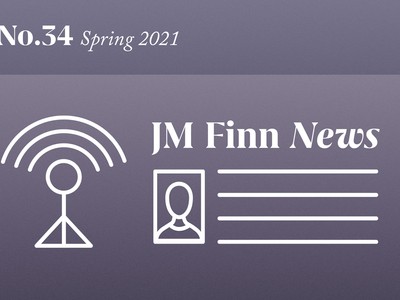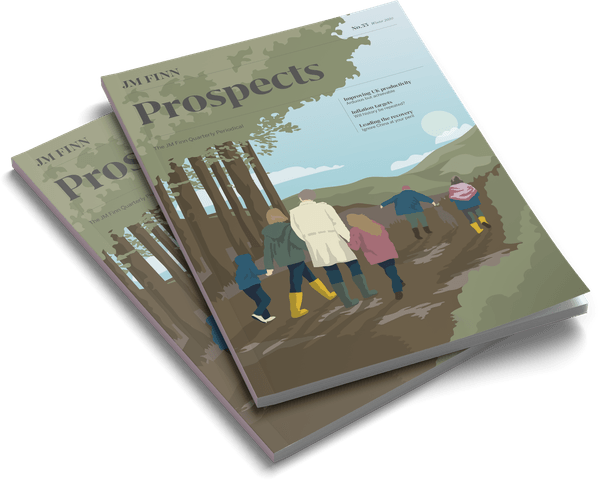We have lived in an age of historically low interest rates for some years now, and this appears to show no signs of abating any time soon. Whilst this may be good news for borrowers, for those wishing to save, this poses quite a predicament.
Of course one of the basic tenets in Wealth Planning is to ensure that you have a contingency fund readily available in cash should this be required in short order. However, in a time when interest rates offered by banks and building societies are so low, by holding cash long term, you are effectively seeing your savings eroded, as inflation outstrips the rates of interest enjoyed by most.
This is where NS&I have been a shining beacon of light. By placing cash with NS&I, you are effectively lending money to the Government to support their finances, and the security of knowing that one’s cash is held within as secure an institution as this, coupled with their more competitive, market leading savings rates, has meant NS&I have enjoyed huge popularity over the years.
However, at the time of writing, NS&I are due to cut the rates on its savings products and Premium Bond prizes. As Covid-19 loomed, the Treasury increased the cap on what NS&I were permitted to take in, and as the stock markets were plummeting earlier in the year, NS&I were inundated with people rushing for a cash safe haven.
It is important that we strike a balance between the interests of savers, taxpayers and the broader financial services sector
Having reached their fund raising cap for this year of £35bn, this led to the need to reduce rates to cope with the cost of such huge new demand. In the words of NS&I Chief Executive, Ian Ackerley, “It is important that we strike a balance between the interests of savers, taxpayers and the broader financial services sector; and it is time for NS&I to return to a more normal competitive position for our products.”
Instead of opting for a more stealthy reduction over time, they have opted for quite a drastic reduction. Changes to savings rates took place from 24th November 2020, whilst the premium bond fund prize rate of interest reduction will take place with effect from their December prize draw, and the odds of winning will become less likely too.

So where does this leave savers? For starters, it is important not to be complacent. Do shop around for the best cash savings rate. With regards the rates changes to NS&I products, the cuts are dramatic and instantaneous. Moving to capture even a modest rate may be better than staying put and watching the rates of interest on your cash decrease, and in tandem with that, the spending power of your cash. There are various online comparison sites which allow you to compare bank interest rates.
In times of market turbulence, it is natural that the more cautious side of us takes over, and it is tempting to wish to remove risk from our hard earned savings and avoid or withdraw from investments, but cash risk is very real too, and the announcement of the NS&I rates reductions serves as a bold reminder of this. With the current rate of inflation as at September 2020 running at 0.70%, it is easy to see that by accepting a deposit account earning anything below this, you are compromising the spending power of your cash over the long term. Indeed, the rate of inflation on other items for example that of transport, of school fees, the list goes on, is considerably more.
There are various online comparison sites which allow you to compare bank interest rates.
As I mentioned earlier, it is important to retain some cash readily available to meet any unexpected costs, but think carefully about how much you really need immediately to hand. Circa six months’ worth of cash is a good rule of thumb, but everyone is different.
By investing the balance, you should, over time, enjoy growth in excess of inflation. Although there will always be bumps along the way, it is important to view any investments as being for the medium or long term, and this is usually the best way to protect and grow your capital. You only need look at how the stock market has performed over the very long term to see this having played out, and with professional investment management, one cannot be better placed. However, it is always wise to remember that past performance is not an indicator of future results.
To arrange to speak with one of our Chartered Financial Planners, please contact your investment manager.
The information provided in this article is of a general nature. It is not a substitute for specific advice with regard to your own circumstances.
Illustration by Adi Kuznicki





